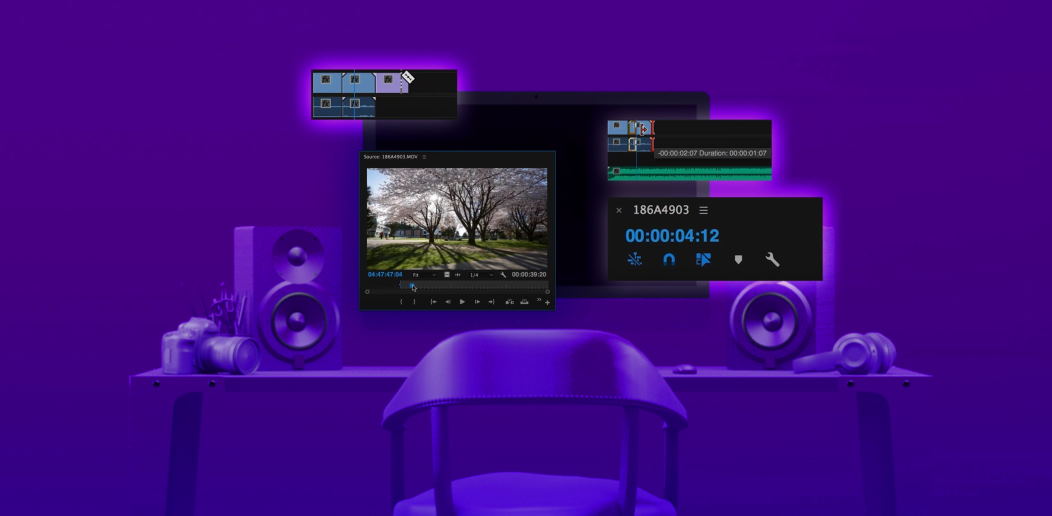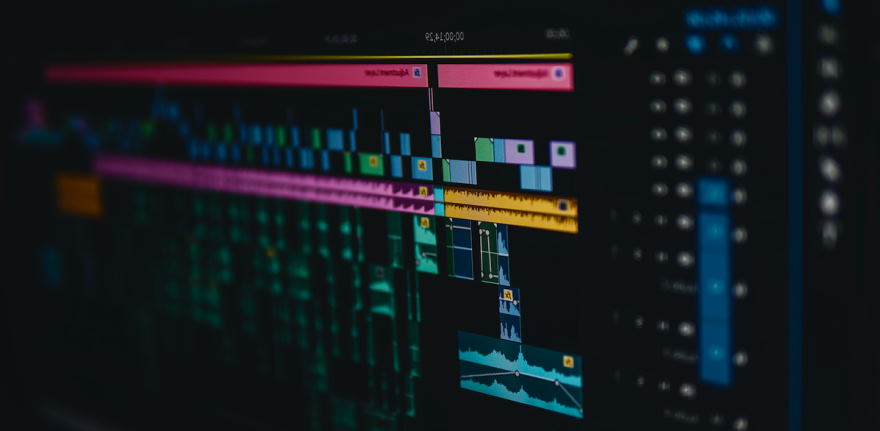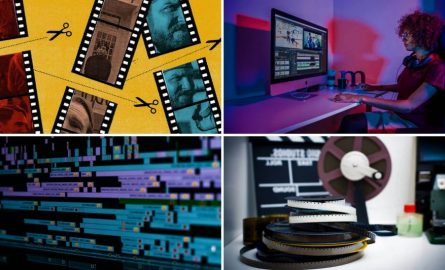The post-production process can seem daunting if you’re new to film editing. But never fear! With a little practice and some helpful tips, you’ll be a master of post-production in no time. In this blog post, we’ll share some essential techniques for film editing, so you can put your best foot forward on your next project. Stay tuned for more posts on mastering the art of post-production!
Importance of post-production in filmmaking
Post-production is one of the most important stages in filmmaking. It’s where the film is put together and polished. This is where the director, editor, and other crew members work together to create the final product.
If post-production isn’t done well, it can ruin a film. A bad edit can confuse a film, choppy or boring. Poor sound design can make a film difficult to understand. And if the visuals aren’t up to par, it can take viewers out of the experience.
Good post-production can make a good film great. It can turn an okay film into a masterpiece. It’s essential to filmmaking and can often be the difference between a successful film and a flop.
Post-production is an essential part of filmmaking, and it can make or break a film. A well-edited film will flow smoothly and engage the viewer, while a poorly edited film will feel choppy and disjointed. In addition to editing, post-production includes all of the final steps in creating a film, such as adding sound effects and music, color correction, and creating the final print.
The importance of post-production cannot be overstated. A good editor will take a rough cut of a film and turn it into a work of art. A bad editor can ruin even the best footage. Post-production is where a film comes together and becomes its own entity.

Post-production has many different aspects, but the most important is editing. Editing is the process of selecting the best takes from each scene and piecing them together into a cohesive whole. A good editor will have a keen eye for detail and a sense of how to put together a scene so that it flows smoothly and makes sense.
In addition to editing, post-production also includes sound design and mixing. Sound design is the process of creating all of the sound effects for a film. This can include everything from Foley artists creating footsteps and other background noise to dialogue editors ensuring that the actors’ voices are clear and understandable. Mixing is the process of combining all of the different audio tracks into one final track. This includes both music and sound effects.
Color correction is another important aspect of post-production. This is the process of making sure that the colors in a film are accurate and consistent. For example, a good colorist can make a drab scene look vibrant and full of life, or make a bright scene look more subdued and realistic.
The final step in post-production is creating the master print. This is the copy of the film that will be used for distribution. The master print is made from the negative and includes all sound and picture elements. Once the master print is created, it can be duplicated for distribution.

The art of post-production: a step-by-step guide to editing and enhancing your film
In post-production, you will take your raw footage and edit it into a final product. This guide will walk you through the basics of editing and enhancing your film or video.
The first step is to import your footage into your editing software. Once your footage is imported, you can view it and begin editing.
Next, you will need to select the portion of the footage that you want to use in your final product. This can be done by using the trim tool in your editing software.
Once you have selected the portion of the footage that you want to use, you will need to add transitions between each clip. Transitions help smooth out the film or video flow and make it more visually appealing.
After you have added transitions, you will need to add audio. Audio can include music, voice-overs, and sound effects. You can import audio files into your editing software or record them yourself.
Finally, you will need to export your film or video. This will create a final file that can be played on various devices. You can also upload your film or video to the internet for others to view.




